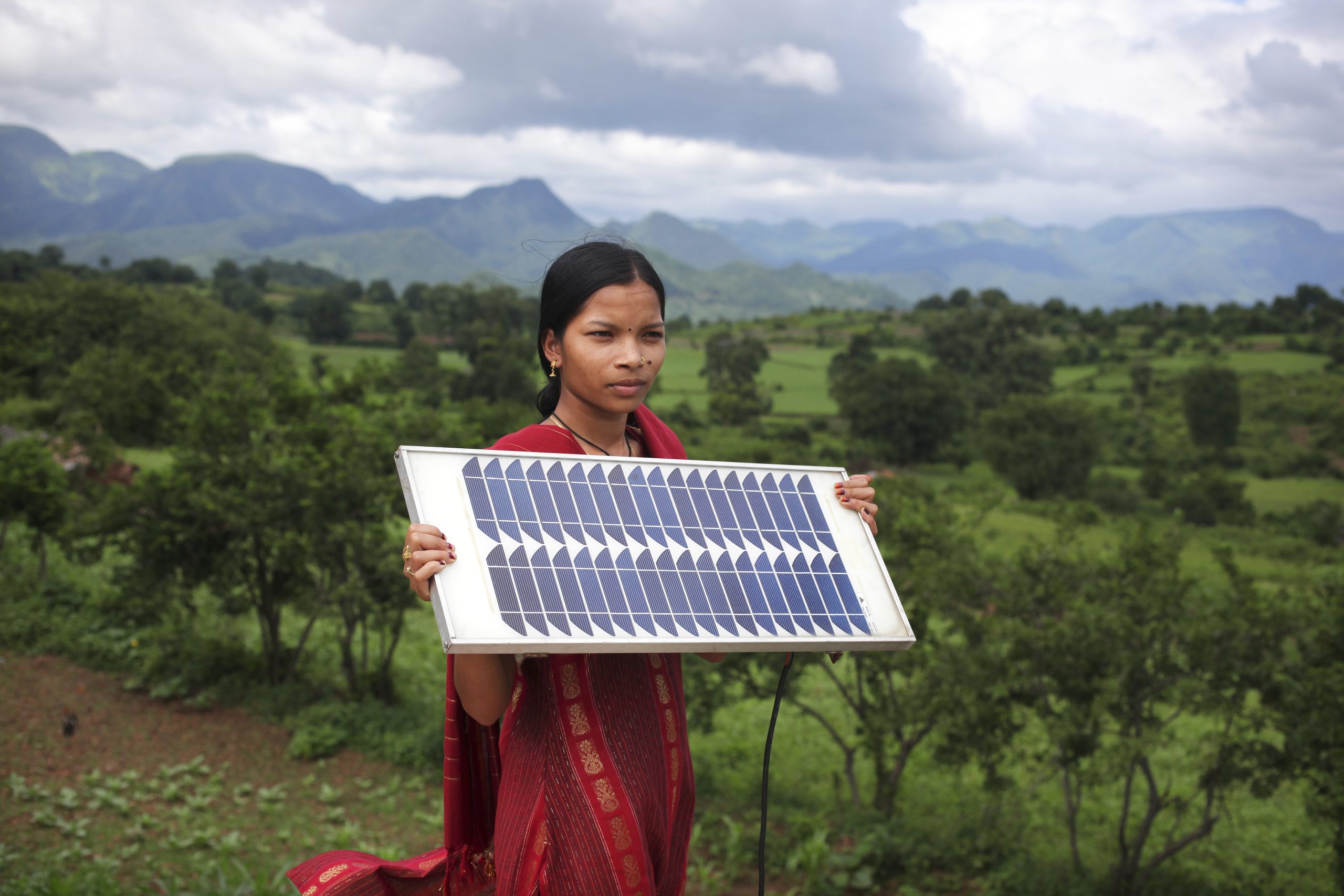The climate crisis is not gender neutral. Women in developing regions are often on the frontline of climate change and face increased vulnerabilities. A recent FAO report finds that heat stress widens the income gap between female-headed and male-headed households by USD 37 billion a year, and floods by USD 16 billion a year.Every year, female-headed households experience income losses of 8% due to heat stress, and 3% due to floods, relative to male-headed households.
However, women’s disproportionate vulnerability to climate change should not be overemphasised and/or oversimplified. Women such as those in female headed households, those living in rural areas, elderly women and young girls are often the most vulnerable. In some situations, men and boys may also be more vulnerable. For example, male foetuses are less resilient and less adaptive to stress than female foetuses, and extreme rainfall has been found to lead to increased labour for boys in agricultural activities. Gendered vulnerabilities are malleable, and with the right interventions, can be reversed.
The underlying causes of women’s disproportionate vulnerability to climate change are not new. They are the same underlying causes as for women’s disproportionate vulnerability to other crises such as the COVID-19 pandemic, economic shocks and conflict. Women have less access to economic assets, such as land, as well as less access to employment opportunities, less access to information on weather and markets, less decision making power and less voice within climate discussions. Women also tend to have more unpaid care and domestic work responsibilities, restricting their opportunities to participate in the labour market and in community fora. Women living in rural areas are likely to be more reliant upon natural resources for their livelihoods, leading to decreased incomes in the face of climate change and environmental degradation.
Structural gender inequalities underlie women’s disproportionate vulnerability to climate change and climate transitions. Structural inequalities and gender norms are embedded in the ways that economies work and within the human mindset. They include unequal power relations and the patriarchal nature of societies and economies, gendered social norms (e.g. in occupational segregation), gender biases in the economy (e.g. which devalue care and domestic work), as well as women’s limited access to resources, assets, information and opportunities.
Emphasis cannot solely be on transforming women themselves and mainstreaming gender within current structures. Desired changes will not be achieved without addressing structural issues such as patriarchal economies and societies. ‘Mainstreaming gender’ within current structures, and small-scale gender-responsive projects, are necessary, but will not be enough to reach gender equality.
Economic transformation is required for poverty elimination and to shift to a gender transformative green equitable future. Rather than solely focusing on greening the current economy, for example by retrofitting homes or moving to electric cars, there is an opportunity to also move to an economic system that respects the integrity of the earth and the ecosystem, maximises human wellbeing and addresses inequalities.The climate transition therefore offers an opportunity to rebuild systems to change the status quo on women’s economic empowerment, if there is intentional action to ensure that the climate crisis is tackled alongside issues such as poverty and social inequality.
Gender and climate work is often done in siloes, within both public and private sector organisations, and at the sector level. Changes are also happening at different speeds – climate investment is growing rapidly, whilst structural gendered inequalities are taking time to shift. At the current pace, it will take 131 years to reach gender equality, much longer than the time available to address the climate crisis and shift to a green economy.Systems thinking is needed to address the climate crisis and structural inequalities. Economies need to structurally transform by decoupling growth from emissions in high-income polluting nations and protecting nature, with changes needed across systems of governance, markets, domestic revenue mobilisation, and the trading system. A systems thinking approach will include a shift in education systems, for example, teaching heterodox economics alongside more traditional economic thought such as neoclassical economic models.
Climate finance
Only a very small percentage of climate finance currently includes a gender lens. Whilst there are positive examples of integrating gender into climate finance, such as 2X Global’s Community of Practice for climate and gender finance and the W+ Standard within carbon markets, this is dwarfed by the amounts of climate finance which is gender unaware. Part of the problem lies in a lack of knowledge and ambition within climate institutions about gender-smart climate finance.
There’s a significant risk that climate finance widens gender inequalities. Currently, climate investment is mostly channelled to sectors where there are fewer women, rather than to sectors such as nature-based solutions where there is a greater representation of women. This is partly due to limited robust evidence on the bankability of projects in sectors such as nature-based solutions, and the business case for women’s involvement. Gender responsive climate finance needs to be mobilised and reach women green entrepreneurs and women’s rights organisations. Women green entrepreneurs are currently less able to access finance, since they have less collateral and less financial and digital skills. Support to facilitate women’s access to climate finance is therefore needed.
